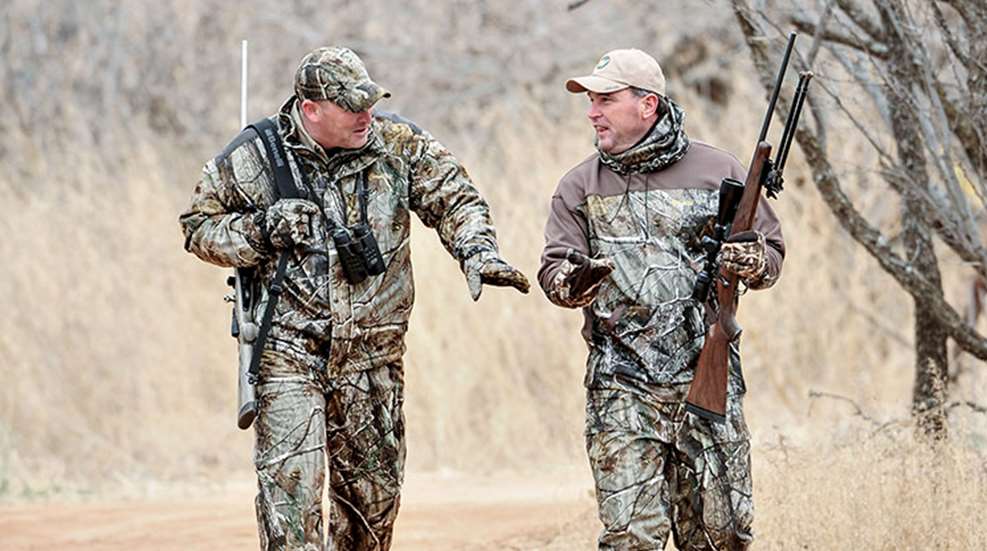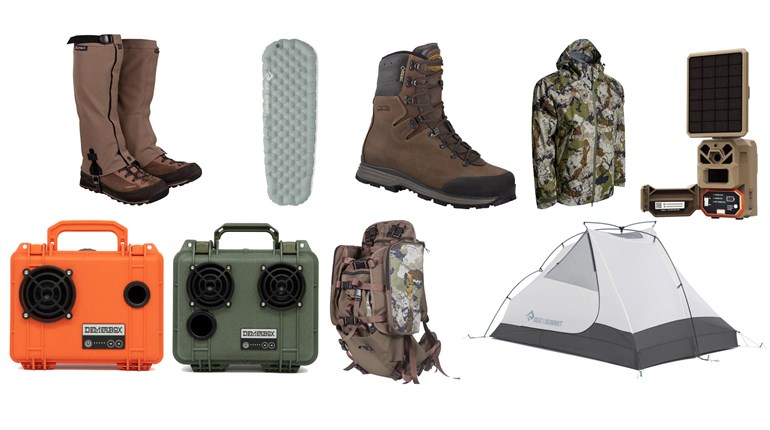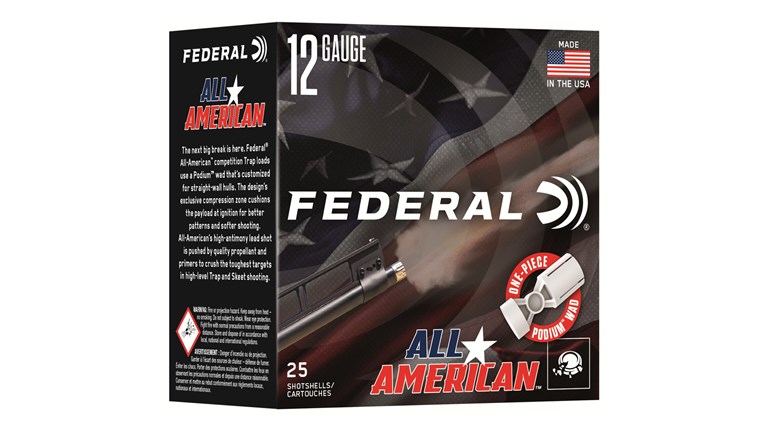
State wildlife agencies and national hunting organizations are shifting more effort and money into hunter-recruitment programs that introduce millennials and other adults to hunting, conceding that youth-oriented programs haven’t curbed a nearly 40-year decline in hunter numbers.
That long-term trend worsened in late 2017 when the U.S. Fish and Wildlife Service’s five-year survey on hunting, fishing and wildlife-associated participation showed 11.5 million Americans—or 5 percent of the U.S. population—hunted in 2016. That’s a net loss of roughly 2.2 million hunters nationwide since the FWS survey of 2011 hunting participation.
John Frampton, president/CEO of the national Council to Advance Hunting and the Shooting Sports (CAHSS), further notes that hunter numbers are down by nearly 6 million since the 1980 survey, when hunters made up more than 7 percent of the nation’s population. The council’s task is to find ways to recruit, retain and reactivate enough hunters to reverse those trends, or at least cover recent average losses of 500,000 hunters annually.
Frampton doesn’t dismiss youth-focused recruitment programs, but thinks agency—and hunting-industry resources—would be better spent by focusing more on millennials, people born between 1981 and 1996. Millennials are the nation’s largest population segment and, as recent hunting-license sales show, they’re now buying more licenses than are baby boomers, those born between 1946 and 1964. That gap grows larger each year as more boomers “retire” from hunting or reach ages where some states waive licenses for seniors.
Granted, millennials who hunt make up a relatively small percentage of their generation compared to the percentage of hunters among the baby boomer generation. Frampton, however, sees potential in that difference, noting that millennials provide a far larger pool of prospective hunters to recruit than baby boomers provide to reactivate.
A 5-for-1 Deal
Unlike teenagers and youngsters, once millennials learn to hunt, they can buy their own licenses, acquire their own gear, locate places to hunt, drive themselves to those sites, and one day train their own kids to hunt. It’s basically a 5-for-1 deal for hunter-recruitment efforts.
Those facts aren’t lost on wildlife-agency chieftains like Chuck Sykes, director of Alabama’s wildlife and freshwater fisheries division. “I don’t want to pour cold water on anyone’s programs, but everyone and their brother has a kids’ program, and I don’t think we’re getting the most bang for our bucks with lots of them,” Sykes said. “When I look at the challenges we’re facing, and know we only have so much time, money and manpower to expend on R3 [recruit, retain and reactivate] programs, I think we’re better off recruiting from a group that can sustain itself once they’re trained.”
Sykes and Frampton solidified their views after CAHSS recently analyzed more than 400 hunter-recruitment programs nationwide. Many youth-oriented programs simply attract kids from hunting families, which means these youths probably would have tried hunting anyway. And when those programs reached youths outside the hunting community, few of those kids had their own bows, guns or transportation to reach hunting sites, public or private.
“Getting kids to continue hunting on their own just isn’t realistic in many areas, and it probably never will be, given what’s involved,” Frampton said. “Hunting is a long-term process. If kids you introduce today aren’t hunting 10, 15 and 20 years from now, you’re just making yourself feel good by taking them hunting that one day or weekend. To see an impact from your dollars and time, you go after 27- to 40-year-olds, people who have the time, money and resources to hunt themselves and take their kids hunting.”
States Targeting Adults
That’s why Alabama launched its three-day adult-mentored hunting program in fall 2017. The first class had 15 slots available and attracted 100 applicants ranging in age from 19 to 75. Sykes said his agency held the class on public property so participants can become familiar with it and later return to keep hunting. The class proved so popular that Alabama offered three more classes in February, March and April targeting squirrels, rabbits and turkeys.
Keith Warnke at the Wisconsin Department of Natural Resources was one of the nation’s earliest proponents of millennial-focused hunting programs. The agency’s first such class in 2012 attracted 18 people. Since then, the Wisconsin DNR annually puts 150 to 200 adults through its learn-to-hunt programs.
Warnke said Wisconsin has shared its adult-mentored hunting curriculum with Indiana, Illinois, Iowa, Minnesota, Michigan, Missouri, Delaware and Massachusetts. “Many states see lots of potential in millennials and other adults,” Warnke said.
Frampton agrees, noting that wildlife agencies in Arizona, Georgia, Oregon, Washington, Montana, Alaska, Kansas and Nebraska are among the states implementing similar programs and taking steps to measure their success. Likewise, groups like Pheasants Forever and the National Wild Turkey Federation are expanding their adult-focused hunting workshops.
In fact, the only thing slowing these programs’ growth is finding qualified mentors for their weekend classes. That’s why Pheasants Forever launched a mentor-certification program and sees merit in “train the trainer” events. To ensure such programs reach the widest audience possible, Pheasants Forever recently turned over its mentor-certification programs to the International Hunter Education Association-USA because it has a long-established network for training hunter-education instructors.
Cortney Schafer, Pheasants Forever’s program manager, said good mentors are hard to find. Some traditional hunter-education instructors prefer working with youths. Other potential mentors aren’t even aware that hunter numbers are declining. Still others resist helping, fearing they’ll create more competition afield.
Changing Course
Schafer said some doubters can be persuaded to help when learning the average hunter is now a male in his mid-50s, and will likely quit hunting by age 72. “The next 15 years are critical to hunting’s future,” Schafer said. “Our current declines are alarming, but we could see even bigger drop-offs ahead if we don’t change course.”
She thinks more veteran hunters would feel comfortable working with millennials if they realized many young adults are more focused on meat than antlers. “You don’t have to be the world’s greatest big-buck hunter to mentor millennials,” Schafer said. “They’re not worried about your big-buck credentials. They’re more interested in getting outdoors, seeing wildlife and possibly shooting a doe. Those are values every hunter can appreciate.”



































